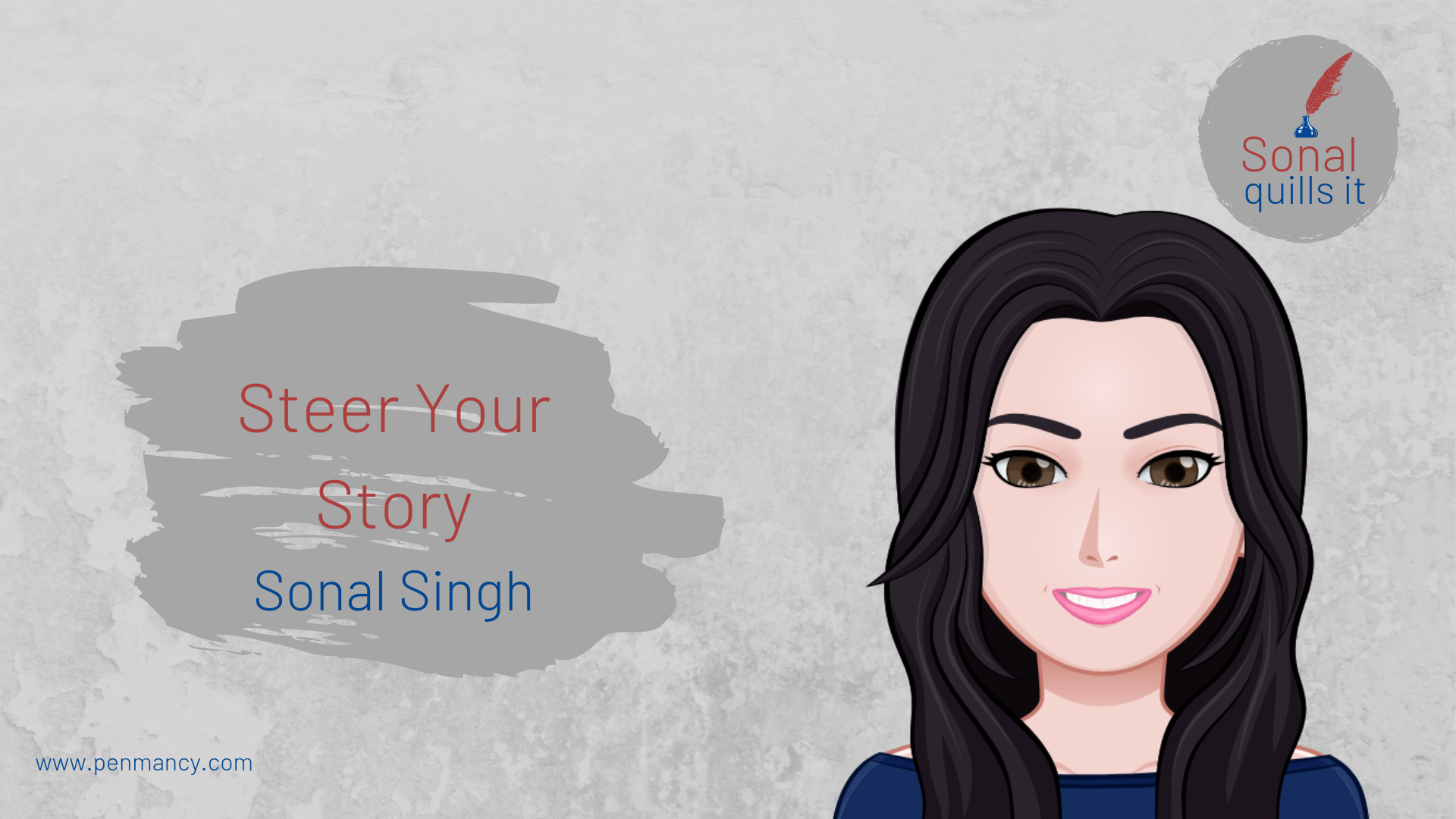
When I started writing short stories about 6-8 months back, I used to believe that writing a story was about just sharing a story with the readers. I thought that if I wrote a story that was clear to me (made sense in my head) then automatically my readers would be able to understand and enjoy it. I could not have been more wrong! Writing is not just about penning down a story. It’s not enough to have a clear story in your head because writing is about connecting with your reader. It’s about having a clear story in your head and then lucidly communicating it to your reader. What good is a well-written story if your reader does not connect with it or is unable to grasp it? Good writing/ a good story has a few components that are somewhat (if not completely) unrelated to the actual story. This is something I have learnt from personal experience here after I started writing short stories. Using these components in my stories has added depth and clarity to them. I elaborate on my learning underneath in the hope that some of you may benefit from it. SEPARATOR - When we pen down a short story, we often have to show the transition from one scene to another, one day to another or even a year to another year. At such times it is vital that we use a separator in the story. What is a separator? Well, it’s just a line drawn between two paragraphs when a story takes a leap. This separator helps a reader understand that a story has moved forward. It helps a reader to stay connected. Not using a separator can confuse the reader. GLOSSARY – If your story is in English but it is peppered with words of regional/foreign language (Hindi etc.) then a glossary must be provided at the end of the story. The glossary does not count in the word count of the story, it is exclusive of that. If you have used any word which does not have any origin or meaning in the English language, then do provide its meaning in the glossary. Sometimes we also tend to use certain references or acronyms in our stories which a reader may not understand. These should be added to the glossary too. AUTHOR’S NOTE / PROLOGUE– an author’s note/prologue gives a context to your story. An author’s note is needed when we write stories to certain prompts. For example, if you have written a fictional story but it pertains to a specific period in history or you have related it to a certain incident then it is a good idea to include an author’s note or a prologue at the beginning so that the readers are aware of the background before they start reading. This helps them connect better with the story. The author’s note can be added as a prologue (before the story) or as an epilogue (after the story). EPILOGUE - When we write a story to a prompt and have to adhere to a strict word count then at times our stories end on a cliff-hanger with no satisfactory conclusion or the ending is left open to interpretation. At such times it is a good idea to add an epilogue at the end to explain your perspective. This will help a reader follow your chain of thought about the ending. The above is by no means an exhaustive list, just a few things that I have started paying close attention to in my stories. I believe that these have helped me grow more as a writer. They may help you too. _____________________ _____________________
